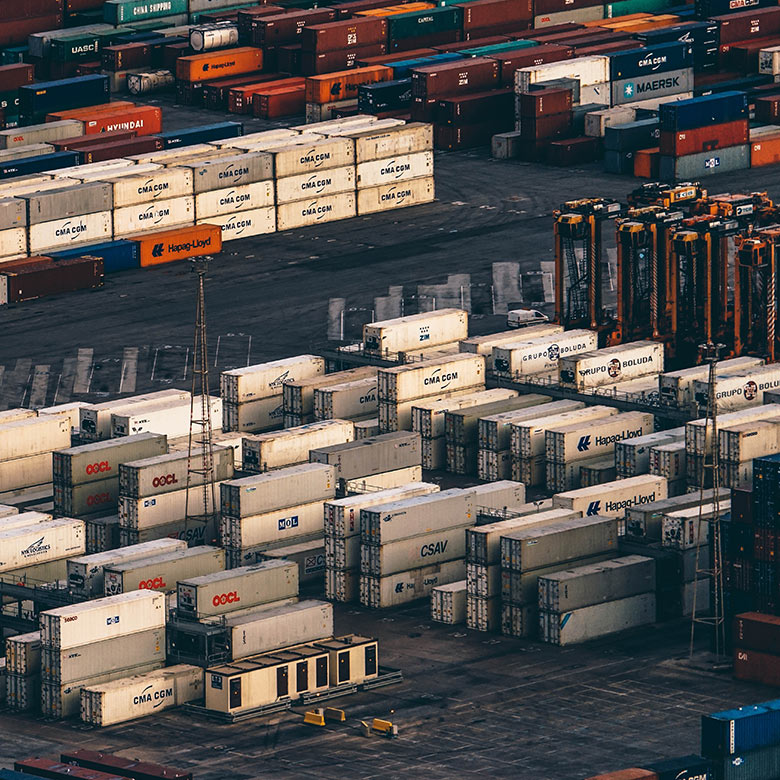The world of international freight is undergoing rapid transformation. Global trade dynamics, technological innovation, and evolving consumer expectations are reshaping the shipping landscape faster than ever before. To stay competitive, businesses must stay informed about the key trends defining the future of global shipping.
Here’s a closer look at the forces driving the next era of international freight:
1. Digitalization and Smart Shipping
Technology is revolutionizing every aspect of freight management. From automated booking platforms to real-time tracking and predictive analytics, digital tools are making international shipping faster, more transparent, and more efficient. Companies that invest in digital freight solutions can streamline operations, reduce paperwork, and improve customer experience.
2. Sustainability and Green Logistics
Environmental responsibility is becoming a top priority in the shipping industry. Carriers and logistics providers are investing in cleaner fuels, eco-friendly vessels, and carbon offset programs to reduce their environmental footprint. Future freight solutions will focus on sustainable practices, with customers increasingly choosing partners who demonstrate a commitment to green logistics.
3. Growth of E-commerce and Demand for Faster Shipping
E-commerce continues to boom globally, creating rising demand for fast, reliable international shipping. Consumers now expect shorter delivery times, even for cross-border orders. To meet these expectations, logistics providers are building more flexible networks, using regional distribution centers, and partnering with local carriers for last-mile delivery.
4. Supply Chain Resilience and Risk Management
Recent disruptions — from pandemics to geopolitical tensions — have highlighted the importance of resilient supply chains. Companies are diversifying suppliers, adopting risk management strategies, and utilizing technology to predict and respond to disruptions more effectively. Flexibility and proactive planning will define the future of global freight logistics.
5. Increased Use of Automation and Robotics
Automation is not just limited to warehouses; it’s also entering ports and freight hubs. Automated cranes, drones, and even self-driving freight vehicles are being tested and implemented to enhance speed, reduce labor costs, and minimize errors. Over the next decade, automation will play a crucial role in boosting the efficiency of international shipping.
6. Blockchain for Enhanced Transparency
Blockchain technology offers a secure, decentralized way to record transactions and track goods across borders. It improves trust, reduces fraud, and simplifies documentation processes. As blockchain adoption grows, we can expect greater visibility and security in international trade transactions.
Conclusion
The future of international freight is being shaped by innovation, sustainability, and an unwavering focus on customer needs. Companies that embrace these trends — from digital transformation to supply chain resilience — will not only stay ahead of the curve but also lead the next generation of global shipping.
Is your business ready for the future of freight?
Partner with logistics experts who can help you navigate the evolving landscape with confidence and success.


No comment